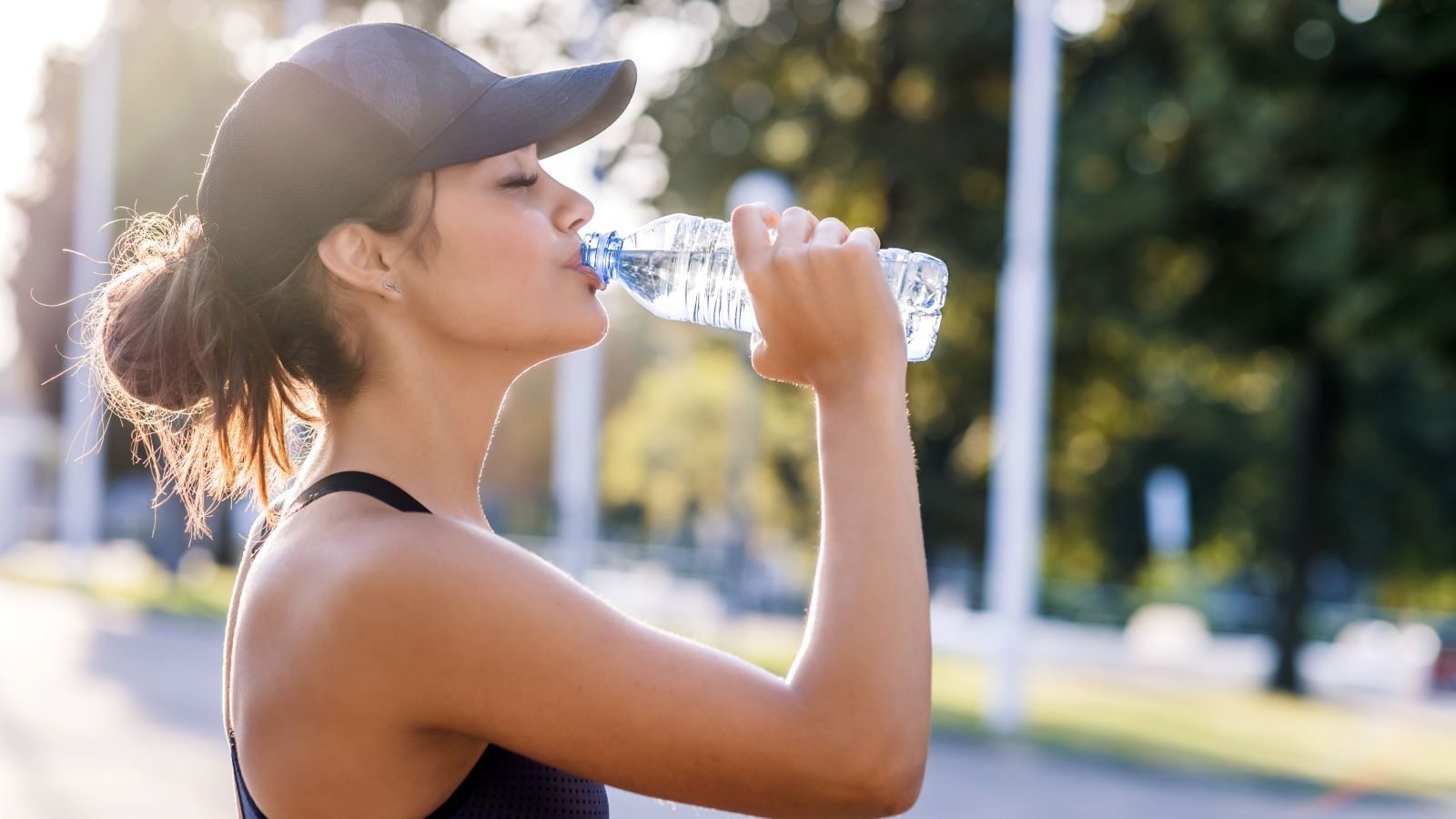<< Back
Do Microplastics Cause Cancer?

April 09, 2025
Microplastics are everywhere — in our water, food and even the air we breathe. And now, research is finding them in our bodies, raising concerns about their impact on our health.
But should you be worried? And could they cause cancer?
To get answers, we turned to Andrew Salner, MD, the medical director at HartfordHealthCare Cancer Institute. Here’s what he had to say.
Microplastics are exactly like they sound.
Microplastics are tiny plastic particles — often smaller than a grain of rice — everywhere in our environment.
They come from two primary sources:
- Tiny plastic beads made intentionally for products like cosmetics (primary microplastics).
- Larger plastics that break down over time from sources such as tires, paint and textiles (secondary microplastics).
“These microplastics can make their way into our bodies through the air we breathe, the water we drink, the food we eat and even through skin absorption,” says Dr. Salner.
> Want more health news? Text StartHere to 85209 to sign up for text alerts
What we know about microplastics and cancer.
Some microplastics contain harmful chemicals like BPA and phthalates — both known to disrupt hormones and increase cancer risk in lab studies. But when it comes to everyday, low-dose exposure, the impact is still unclear.
Early research suggests microplastics may also trigger inflammation, oxidative stress and DNA damage — factors that can contribute to cancer.
“But so far, no human studies have directly linked microplastics to cancer,” says Dr. Salner. “Researchers are still working to understand their potential role. Some researchers speculate that microplastics may magnify the role of other toxins.”
4 ways to lower your exposure to microplastics
Yes! It starts with knowing where microplastics live in your daily life – and making simple swaps to reduce your risk.
Dr. Salner breaks it down:
- Bottled water: Some bottled waters contain microplastics. Switching to a reusable water bottle with a filter can help.
- Seafood: Fish and shellfish can ingest microplastics. Choosing seafood from trusted sources and eating it in moderation may lower exposure.
- Household dust: Microplastics can settle in dust. Regular cleaning and good ventilation can help keep your indoor air cleaner.
- Plastic-packaged foods: Microplastics can leach from packaging into food. When possible, go for fresh, unpackaged options.
> Related: If You Drink Out of Plastic Water Bottles, Don’t Make This Mistake
“Beyond these swaps, you can also minimize exposure by drinking filtered tap water, choosing natural fabrics (like cotton and wool), using glass or stainless-steel food containers and cooking at home more often,” says Dr. Salner.
More research is needed.
The conversation about microplastics and their impact on human health is just beginning.
More research is needed to understand safe exposure levels and how these tiny particles accumulate in the body over time.
“As research evolves, stay up to date on new findings,” says Dr. Salner. “This emerging information can help you make informed choices about your exposure to microplastics and protecting your health.”